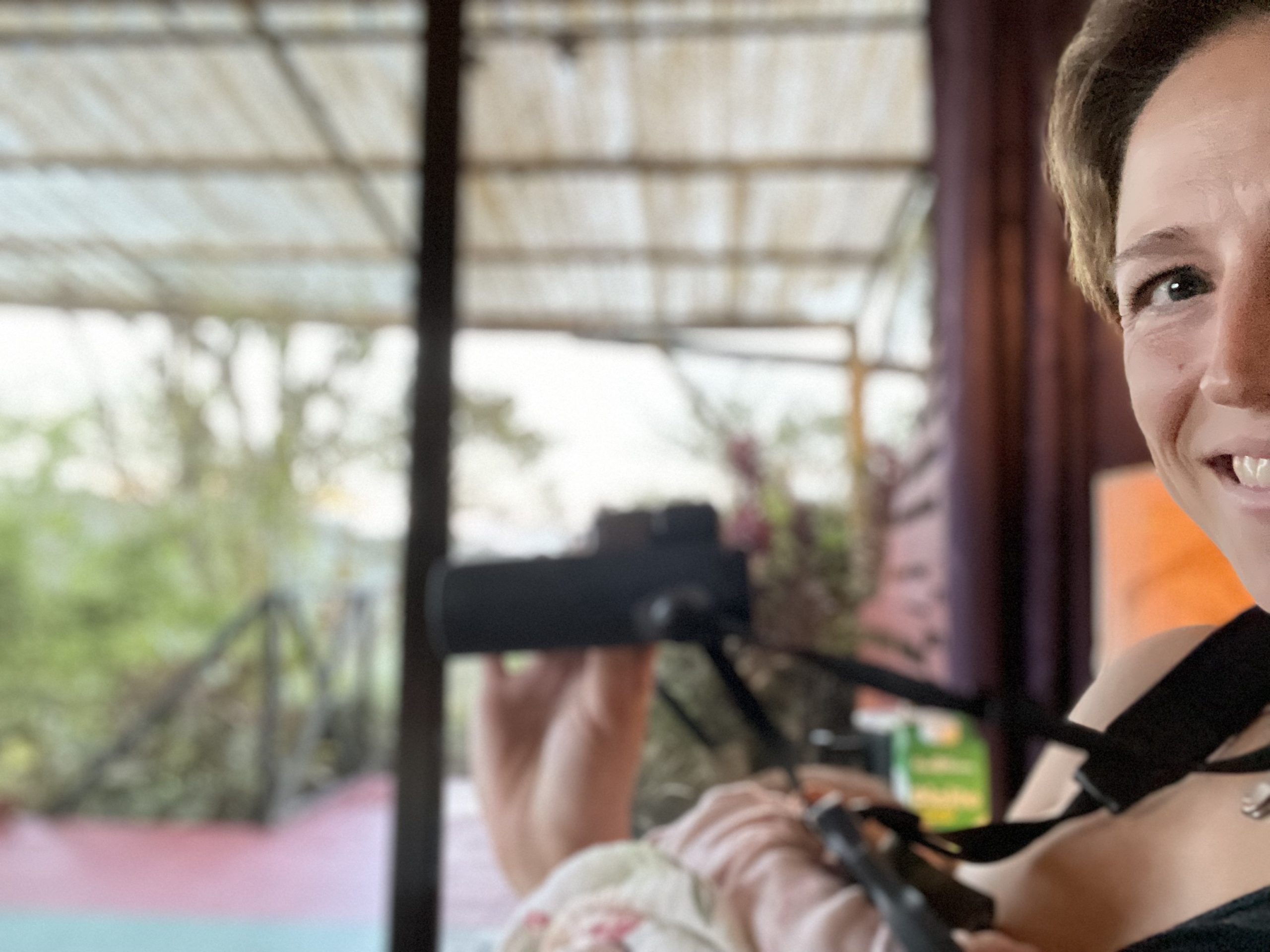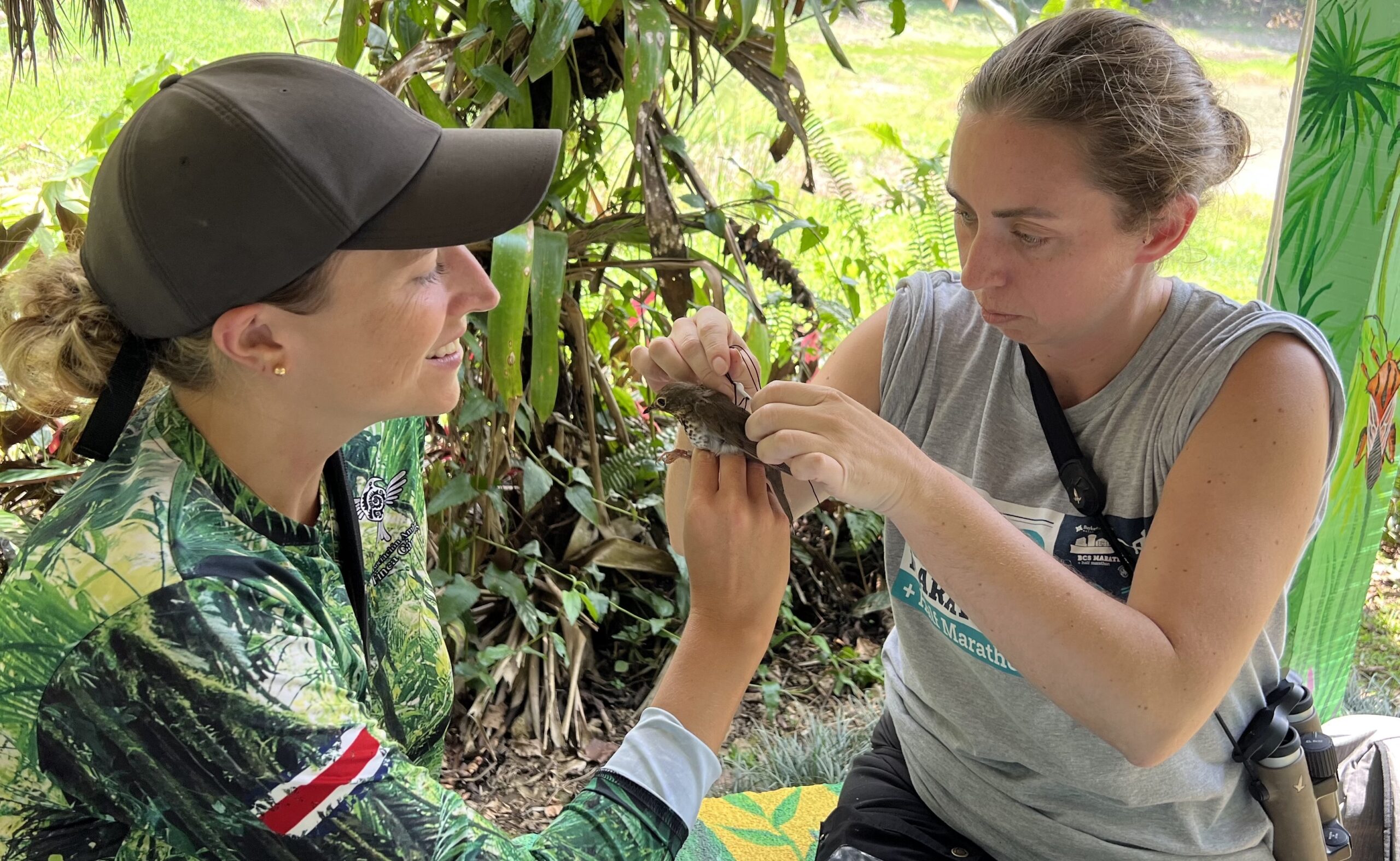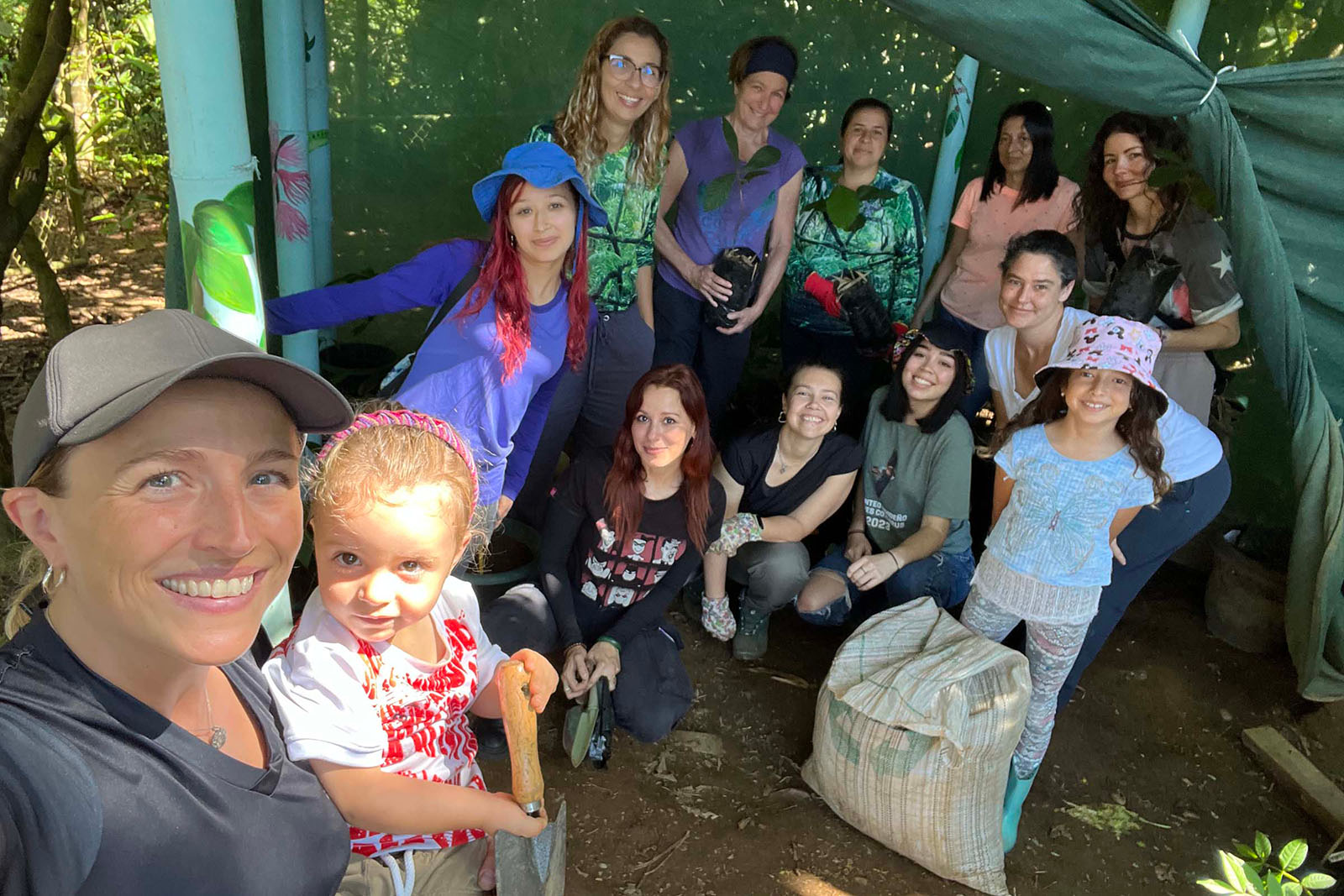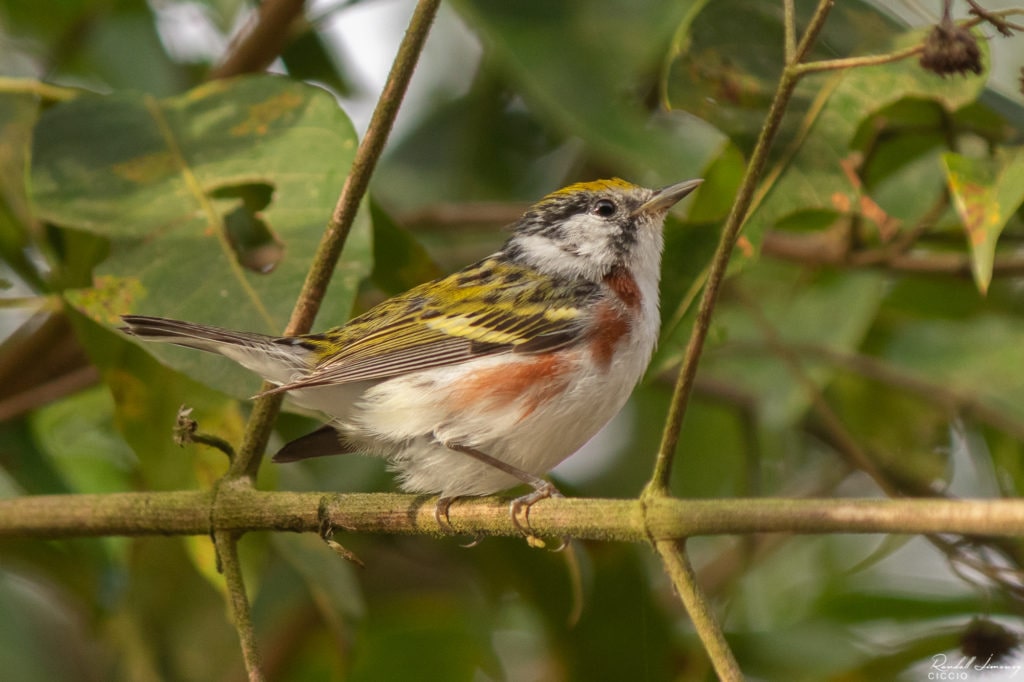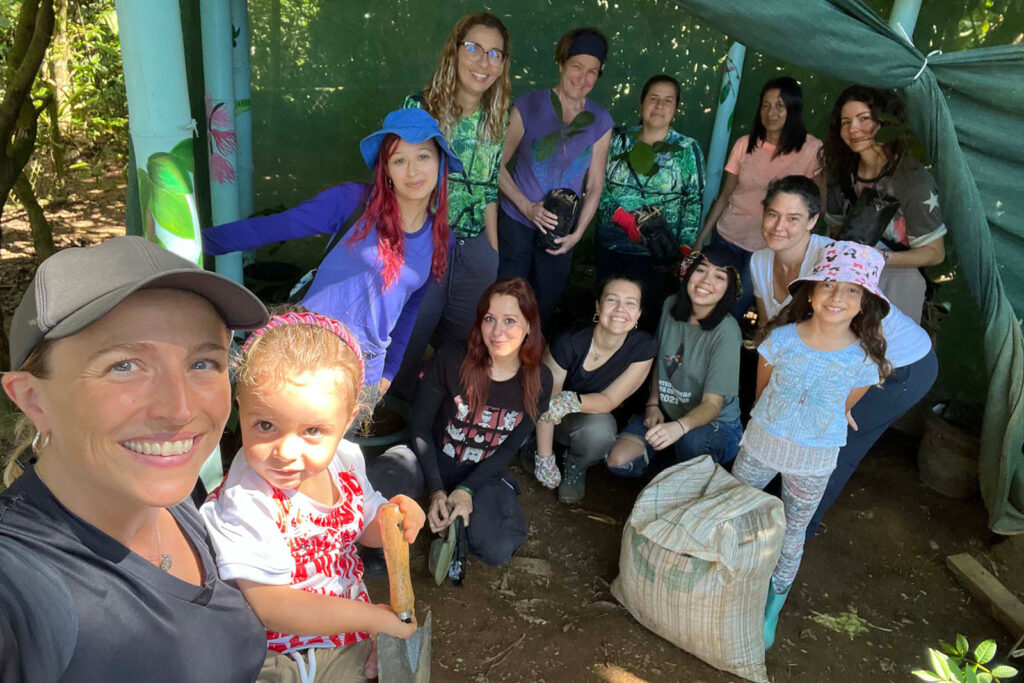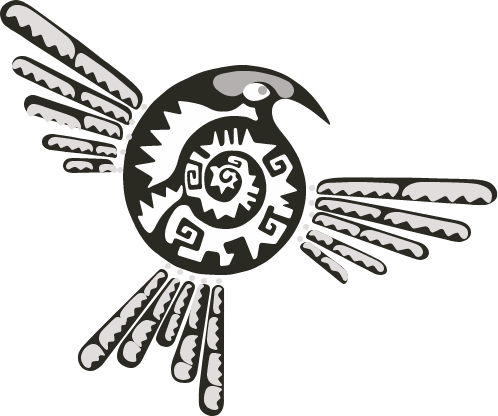For a few weeks, the doctor’s orders are to stay still. I’m incredibly lucky, since I have not been forced inside and into bed because of Covid-19–like a tragic number of people during this never-ending global pandemic—but as a result of the happiest event of my life. A Cesarean was necessary to bring our beautiful baby girl Lucy Rose into this world, an early bird who came three weeks ahead of her due date. During my recovery from surgery, I’ve had a lot of time to stare in awe at my new daughter, while still keeping up my daily practice of submitting a bird checklist to eBird (developed by the Cornell Lab of Ornithology). Though I’m only birding through the limited frame of my bedroom windows here in Coto Brus, Costa Rica, rather than out walking the forest as I usually do, I can nonetheless see and hear an incredible number of species. It’s unsurprising since Costa Rica is world-renowned for its bird diversity.
Birding from bed with a new baby on my breast has allowed me to reflect on what birds have meant to me in my life—including many “breasted” ones from the migratory Rose-breasted Grosbeak to the resident Rufous-breasted Wren—and wonder what birds might mean to Lucy.
When I was nine, I helped my father fill the feeders in front of our living room window in Quebec every morning. Our family had moved back to Canada after spending three years in Asia while my dad was working for the Foreign Service, and the change from congested metropoles of Taipei and Beijing to the bucolic Canadian countryside of a region called Gatineau was dramatic. To sit and watch Blue Jays, Evening Grosbeaks, Black-capped Chickadees, Hairy and Downy Woodpeckers, and more each morning with Dad was magical.
Thirty years later, the memories of those magical mornings watching backyard birds before school are still vivid and visceral. And the window to the wonderful world of nature that Dad opened for me via birds was both literal and metaphorical. The pleasure of watching birds sparked my interest in protecting their habitat, which set me on a lifelong course of working in conservation, particularly environmental education. I’m not a special snowflake in this regard—the research shows that many people who become engaged in conservation personally and/or professionally attribute their involvement to memorable experiences in nature as children, as well as to spending time in nature with an adult role model. My passion for the environment, and desire to help protect it for the future generations long before I created a member of that future generation, led me to work with and for many environmental non-profit organizations. I then launched my own non-profit last year, Finca Cántaros Environmental Association (FCEA)—pandemic be damned! Our mission is “Learn, connect, act: creating community and inspiring action through environmental education.” Environmental education is at the core of FCEA’s work, in keeping with my number one professional priority, and it is tied to our other key pillars of forest restoration and research.
FCEA was the first baby I started growing, but while birding from bed with my human baby, my thoughts are more focused on my daughter’s future than on the association’s. I have heard for years how parents often can’t help but project all their hopes and dreams on their kids. I have never understood this more than I do now as I look from baby (those tiny feet!) to birds (the warblers and other migrants have returned!) and back again.
Although breast milk may be one of nature’s most miraculous elixirs, it will not transmit my environmental affinities no matter how much my daughter drinks. If only it were that easy. My partner and I talk constantly about taking Lucy out birding and only half-jokingly about putting binoculars in her hands the minute she is big enough to hold a pair. But this will not guarantee her interest or her motivation to become as nerdy about nature as her parents or to grow into an environmentally responsible citizen. If anything, we all know that a parent’s desperation for their child to follow their footsteps can backfire.
As someone who has been involved in environmental education from both a practitioner and academic perspective, I know that the factors motivating environmentally responsible behaviours are complex. But it will nonetheless be a tough pill to swallow if I can’t inspire my own child to take an interest in the environment, particularly in the birds that were partly responsible for bringing me to Costa Rica. I made multiple trips here and to other parts of Central America on behalf of the Cornell Lab of Ornithology in order to lead workshops about a bird-focused environmental education curriculum I helped develop (called BirdSleuth International or Detectives de Aves in Spanish), and to teach trainings about eBird. I decided to build my life here in the land of pura vida, and was then lucky enough to meet Lucy’s father, at a workshop we co-taught about eBird and Merlin, no less. eBird, available worldwide, allows birders anywhere, anytime, to create a checklist of the species they observe and hear during any given birding experience, and to share that list with one of the world’s largest biodiversity-related databases, freely accessible to all. These enormous voluntary contributions of data have been used in bird-oriented research and conservation management plans across the globe. Merlin is the bird identification application also developed by the Cornell Lab.
Only time will tell whether Lucy becomes a future environmental activist, nature lover, eBirder, or all of the above and more (no pressure, sweetie!). But for now, as I learn to wrangle myself into positions conducive to both breastfeeding and using binoculars, I’ll allow myself to indulge in dreams about the day my daughter’s eyes simply light up as much as mine do at the sight of the birds outside the bedroom window.
